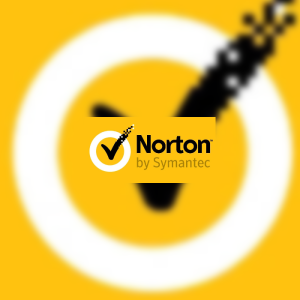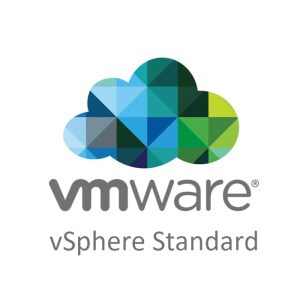Subtotal: €16.29
VMware vSphere Hypervisor (ESXi) 8 EU CD Key (Lifetime / Unlimited Devices)
Description
Virtualize servers to manage your IT infrastructure; allowing you to consolidate your applications, while saving time and money, with the bare-metal architecture of vSphere Hypervisor. A hypervisor, also known as a virtual machine monitor or VMM, is software that creates and runs virtual machines (VMs). A hypervisor allows one host computer to support multiple guest VMs by virtually sharing its resources, such as memory and processing. Benefits of hypervisors There are several benefits to using a hypervisor that hosts multiple virtual machines: Speed: Hypervisors allow virtual machines to be created instantly, unlike bare-metal servers. This makes it easier to provision resources as needed for dynamic workloads. Efficiency: Hypervisors that run several virtual machines on one physical machine’s resources also allow for more efficient utilization of one physical server. It is more cost- and energy-efficient to run several virtual machines on one physical machine than to run multiple underutilized physical machines for the same task. Flexibility: Bare-metal hypervisors allow operating systems and their associated applications to run on a variety of hardware types because the hypervisor separates the OS from the underlying hardware, so the software no longer relies on specific hardware devices or drivers. Portability: Hypervisors allow multiple operating systems to reside on the same physical server (host machine). Because the virtual machines that the hypervisor runs are independent from the physical machine, they are portable. IT teams can shift workloads and allocate networking, memory, storage and processing resources across multiple servers as needed, moving from machine to machine or platform to platform. When an application needs more processing power, the virtualization software allows it to seamlessly access additional machines. Why use a hypervisor? Hypervisors make it possible to use more of a system’s available resources and provide greater IT mobility since the guest VMs are independent of the host hardware. This means they can be easily moved between different servers. Because multiple virtual machines can run off of one physical server with a hypervisor, a hypervisor reduces: Space Energy Maintenance requirements





 The Sims 4 - For Rent DLC EU EA App CD Key
The Sims 4 - For Rent DLC EU EA App CD Key